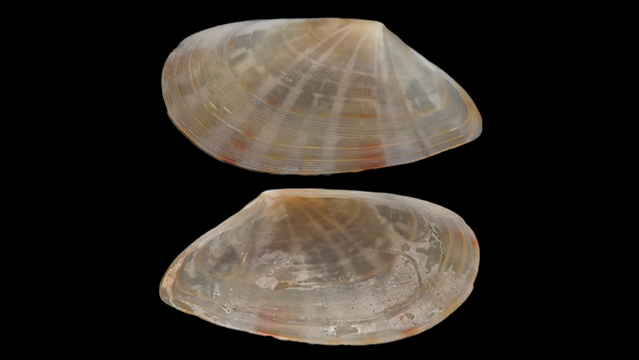New paper in Forests using @gbif mediated data:
Species Diversity of the Family #Arecaceae: What Are the Implications of Their Biogeographical Representation? An Analysis in #Amazonas, Northeastern #Peru 
#CiteTheDOI: 
https://doi.org/10.3390/f16010076

MDPISpecies Diversity of the Family Arecaceae: What Are the Implications of Their Biogeographical Representation? An Analysis in Amazonas, Northeastern PeruThe understanding of species distribution in Peru is limited, in part due to cartographic representations that traditionally use political rather than biogeographical boundaries. The objective of this study was to determine the distribution of Arecaceae species in the department of Amazonas by representing them in biogeographical regions. To this end, geographic information systems and global databases were used to map and analyze the species in four categories: Ecosystems Map, Ecoregions Map, Peru Climate Classification Map, and Protected Natural Areas Map. Subsequently, diversity metrics were estimated, revealing high diversity in Amazonas, with 22 genera and 90 species of Arecaceae representing 51.16% and 41.28% of the records in Peru, respectively. In addition, predominant genera and species were identified, and diversity was evaluated in biogeographic units. Of a total of 336,029 records, 45 genera were found, with Geonoma and Bactris being the most representative, and of the 218 species found in total, the records that stood out the most varied according to biogeographical regions. For each Biogeographic unit by category, different responses were obtained, for example, for Index Margalef, between 0.000 (low in Agricultural Area), 7.2489 (medium in Eastern Cordillera Real Montane Forests), and 13.2636 (high in Non-protected Areas). Similarly, for the Shannon–Wiener diversity index (H¯), where values were obtained between 0.000 (low in Jalca (Andean High Grasslands), (medium in Reserved Zonez) and 3.7054 (high in Non-protected Areas). The results suggest high under-recording, evidencing gaps in knowledge and information, as analyses based on detailed studies of diversity in specific biogeographic categories in these other families, as well as future research to determine, for example, genomes and Hill numbers, will be carried out. The conclusions highlight the high correlation between the diversity metrics analyzed, confirm the theoretical validity, and allow us to recommend species richness and the Margalef Index as useful and relevant metrics due to their applicability and ease of interpretation. This study offers key information for decision makers in policies for the conservation of Arecaceae diversity and motivates us to project research of this type in other families in Peru.
https://doi.org/10.15468/q8hzlc #CiteTheDOI
https://colecciones.gbif.es/public/showDataResource/dr356?lang=en












